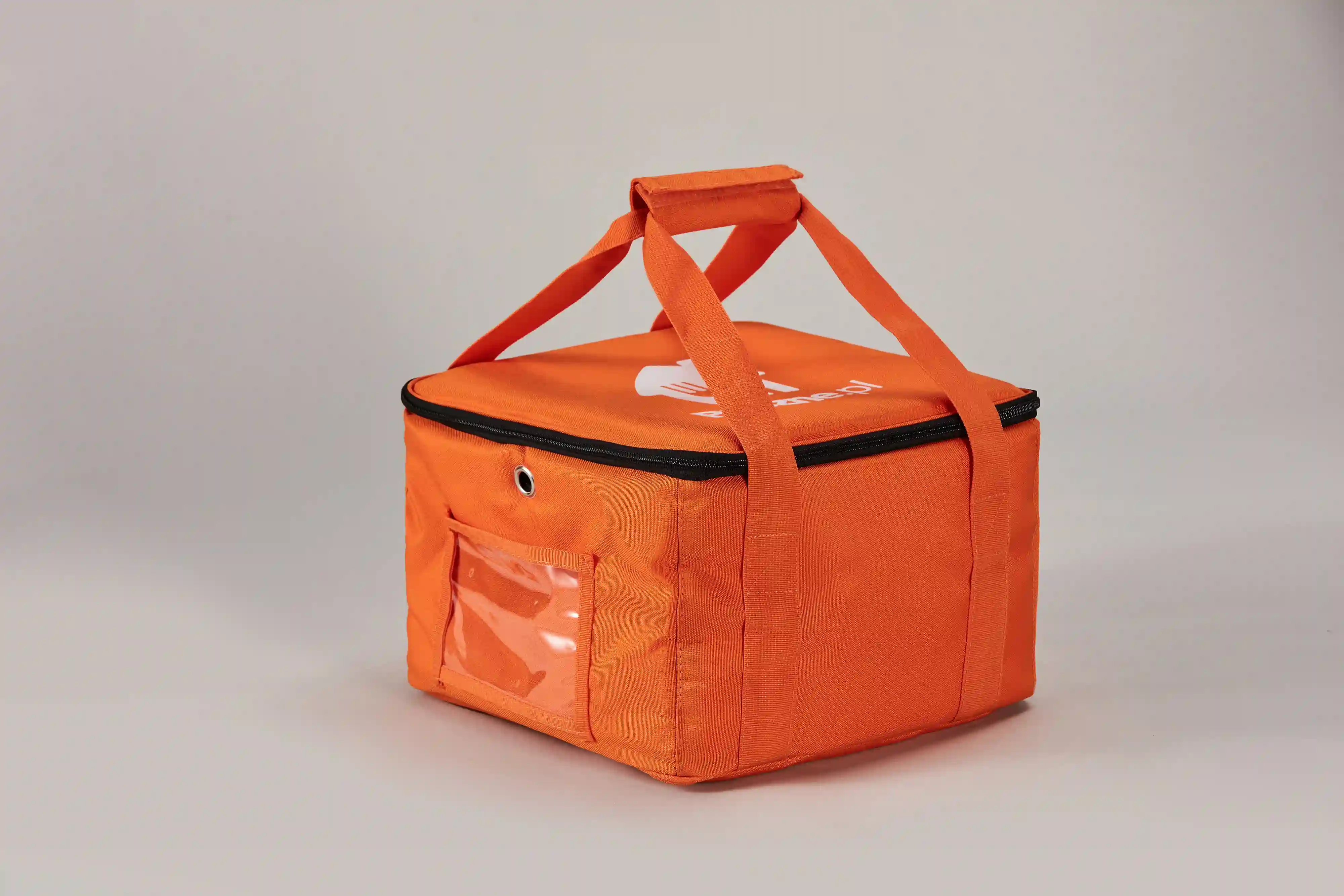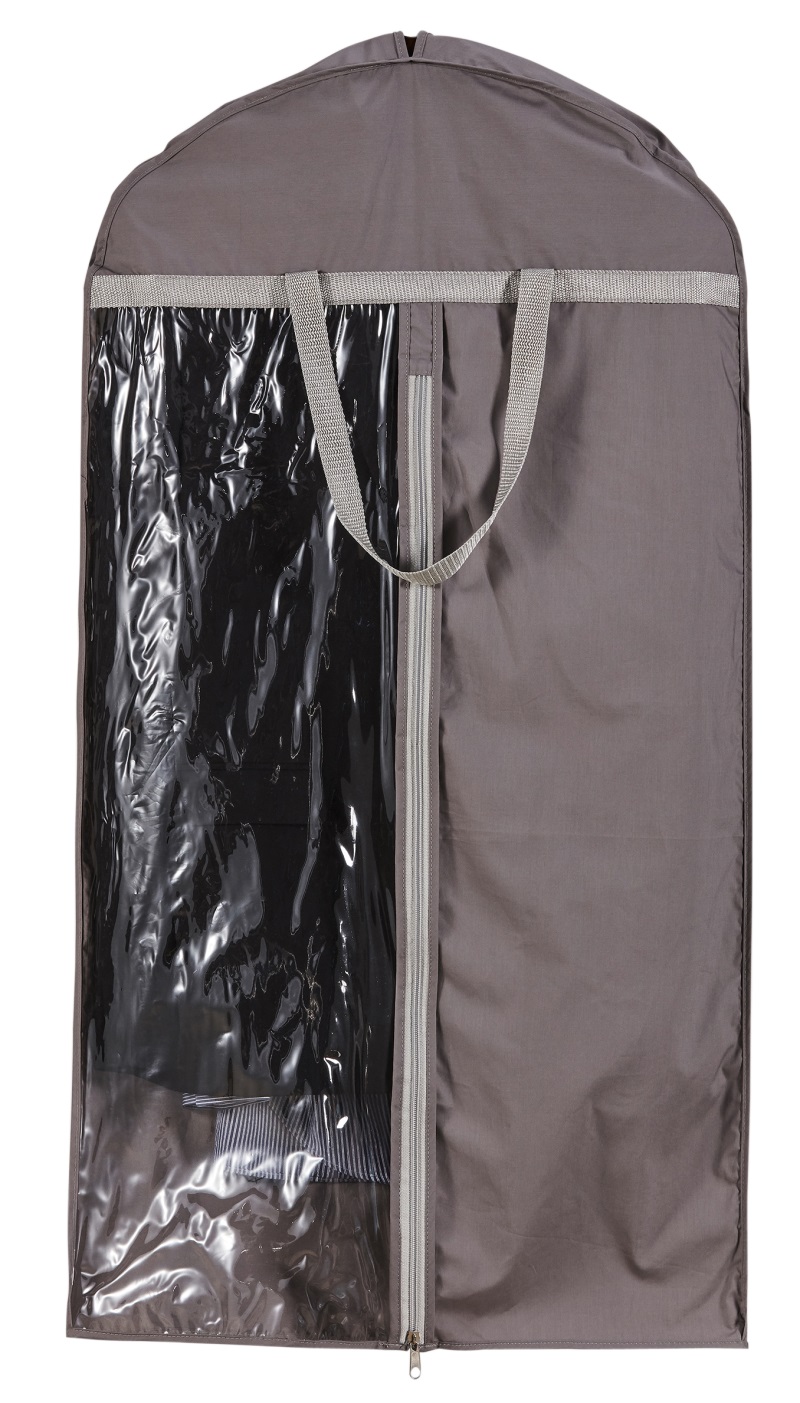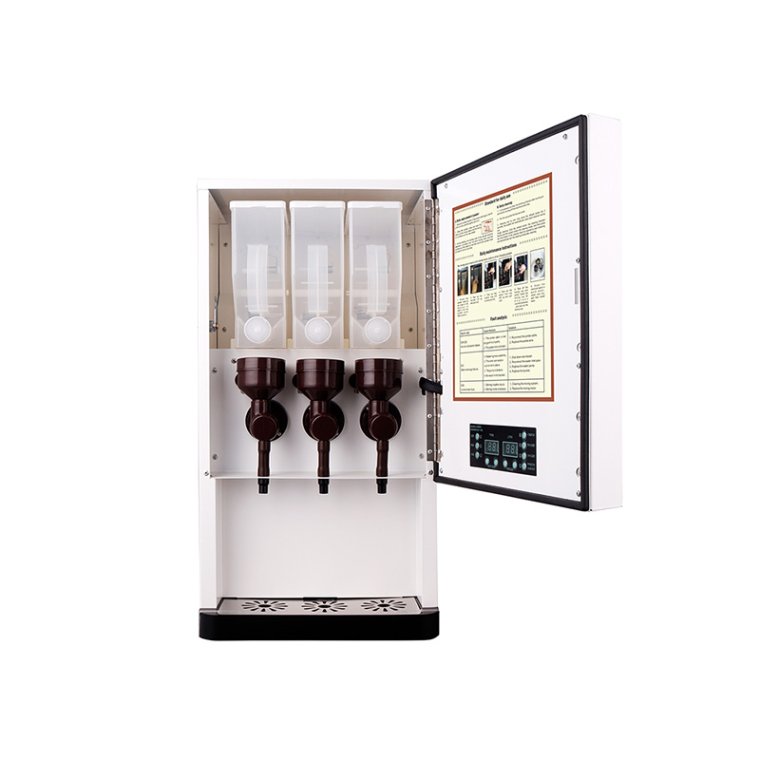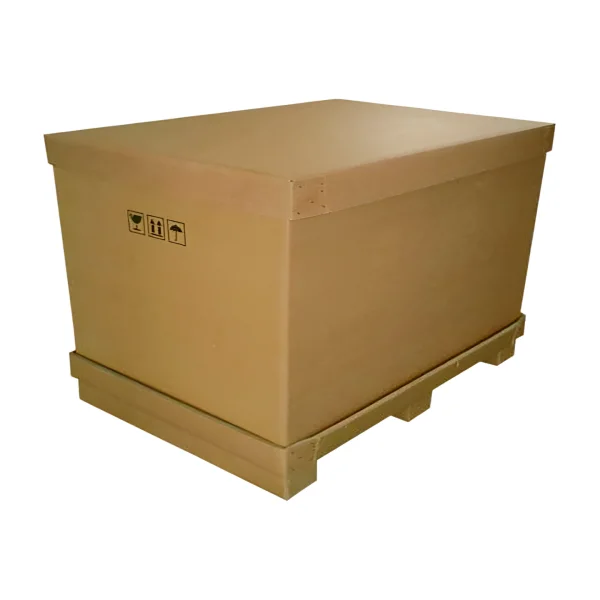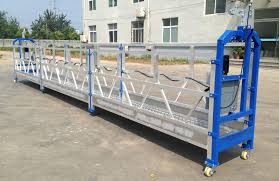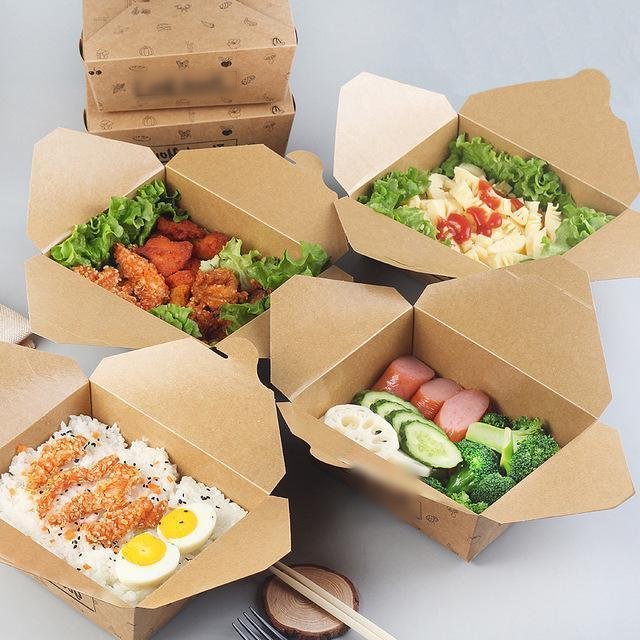
When it comes to choosing the right type of paper, the options can be overwhelming. The quality and characteristics of paper play a crucial role in various industries, from printing and publishing to packaging and art. In this blog post, we will delve into the world of paper and explore the best type of paper for different applications, considering factors such as durability, texture, weight, and environmental impact. So, let's embark on this journey to discover the perfect paper for your needs.
- Understanding Paper Types:
Paper comes in various types, each with its unique properties and applications. From bond paper and coated paper to specialty paper and cardstock, understanding the differences is essential. Bond paper, for instance, is commonly used for everyday printing and writing, while coated paper offers a smooth surface suitable for high-quality printing. Specialty paper, on the other hand, caters to specific needs like watercolor paper for artists or thermal paper for receipts. - Factors to Consider:
To determine the best type of paper, several factors need to be considered:
2.1 Durability and Strength:
Depending on the intended use, the durability and strength of paper are crucial. For packaging materials, such as boxes or bags, a sturdy and tear-resistant paper like kraft paper or corrugated cardboard is ideal. For documents that require longevity, acid-free archival paper ensures preservation for years to come.
2.2 Texture and Finish:
The texture and finish of paper contribute to its overall look and feel. Smooth, glossy paper is often preferred for high-resolution printing, while textured paper adds a touch of elegance to invitations or artistic creations. Matte paper, with its non-reflective surface, is suitable for reading-intensive materials like books or magazines.
2.3 Weight and Thickness:
The weight and thickness of paper are measured in grams per square meter (gsm). Thicker paper, such as cardstock, is suitable for business cards or postcards, providing a sturdy and professional feel. Lighter-weight paper, like newsprint, is commonly used for newspapers or flyers. Consider the weight and thickness that align with your project requirements.
2.4 Environmental Impact:
In today's eco-conscious world, considering the environmental impact of paper is crucial. Look for papers made from sustainable sources, such as recycled paper or paper certified by Forest Stewardship Council (FSC). Additionally, opt for chlorine-free bleaching processes to minimize harmful chemical usage.
- Best Types of Paper for Different Applications:
3.1 Printing and Publishing:
For high-quality printing, coated paper, specifically gloss or satin finish, is the go-to choice. It enhances color vibrancy and sharpness, making it suitable for brochures, magazines, and catalogs. For books, uncoated paper with a smooth finish strikes a balance between readability and cost-effectiveness.
3.2 Packaging and Labeling:
Kraft paper, known for its strength and durability, is widely used for packaging materials like boxes, bags, and wrapping paper. It provides excellent protection and a rustic aesthetic appeal. For labels, adhesive-backed paper ensures easy application and durability.
3.3 Art and Design:
Artists often prefer specialty papers tailored to their specific mediums. Watercolor paper, with its ability to absorb water and retain pigments, is a staple for watercolorists. For sketching and drawing, heavyweight drawing paper or bristol board offers a smooth surface and prevents ink bleed-through.
Conclusion:
Choosing the best type of paper involves considering various factors such as durability, texture, weight, and environmental impact. By understanding the different types of paper and their applications, you can make informed decisions that align with your specific needs. Whether it's for printing, packaging, or artistic endeavors, selecting the right paper will undoubtedly elevate the quality and impact of your work.
